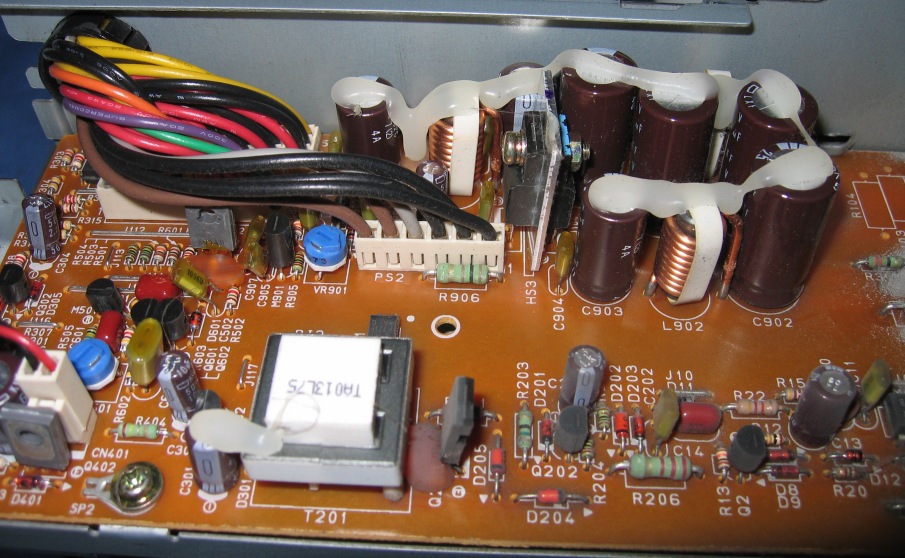I know that many PSU manufacturers put glue on the components inside, apparently to minimise vibration as the electricity flows through them. Most of the time this glue is around the base of the components - however, I've seen several with the glue on TOP of the capacitors! Often it's like a string of glue from a glue-gun over all the caps, but I've also seen caps completely covered in glue, and even once a small plastic sheet glued to the top of the vents!
Is this anything to worry about in PSUs? Will the glue have sealed the vents and make any failure more violent? Will it make the caps more prone to overheating and other failures?
Here's a picture of the kind of thing I mean in one of my PSUs:

Is this anything to worry about in PSUs? Will the glue have sealed the vents and make any failure more violent? Will it make the caps more prone to overheating and other failures?
Here's a picture of the kind of thing I mean in one of my PSUs:

Comment